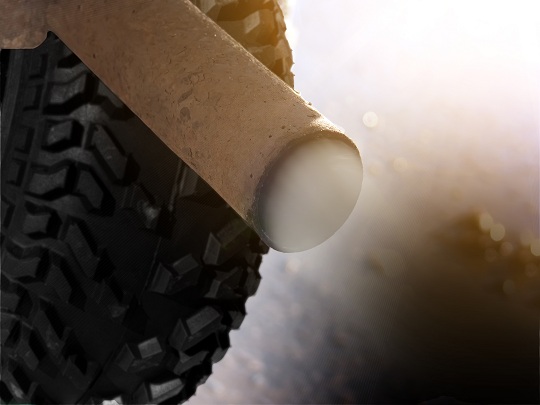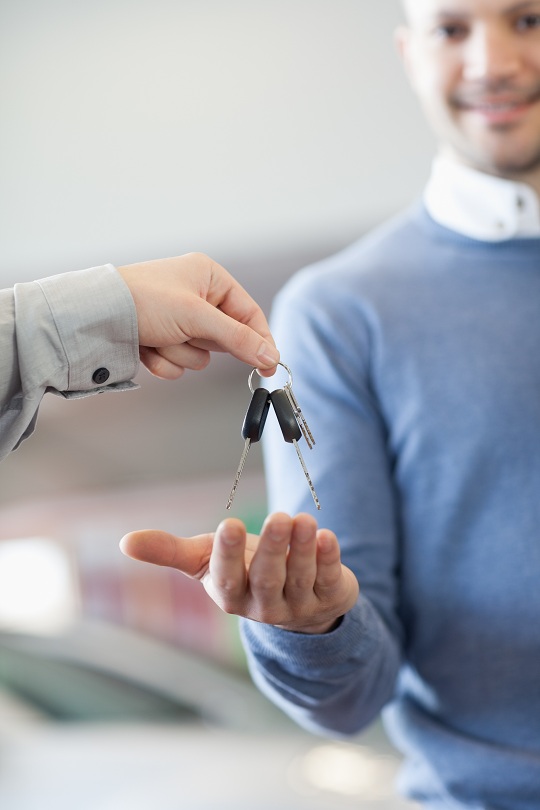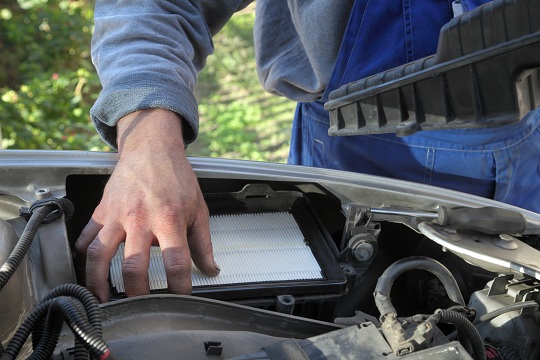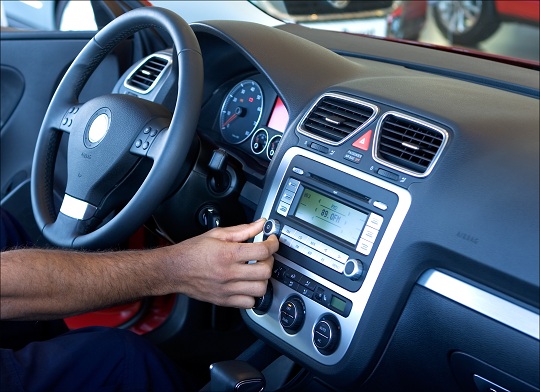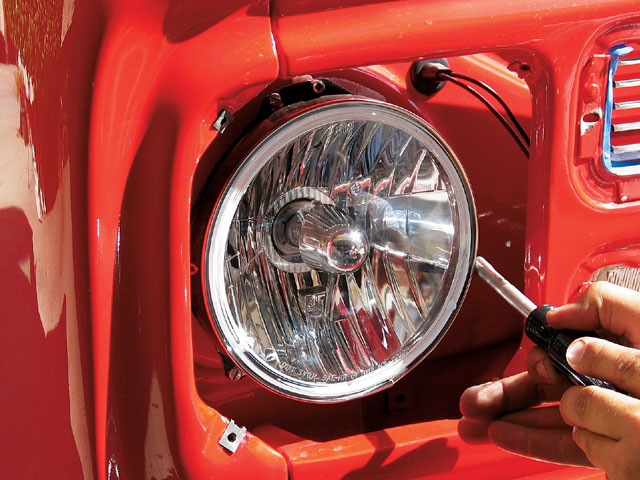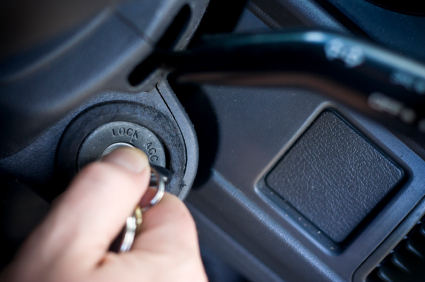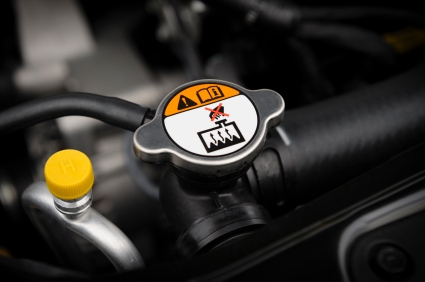Deceleration backfire is caused by fuel burning in the exhaust manifold or header. Something you should understand before going any further is that a motor in perfect tune will exhibit deceleration backfiring. Just because your exhaust is popping, doesn’t mean there’s anything wrong. If you want to get rid of the noise, you will need to de-tune your motor.
Exhaust Popping on Deceleration
When you decelerate, you reduce the amount of throttle. This causes an overrun, that is, the motor’s rpm is turning faster than the fuel provided can support, so the motor begins to spool down. This causes a couple of things to happen.
First, when you close the throttle, you are also closing the throttle plates. This reduces the air and fuel floating into the motor, and increases the vacuum. This results in less air and fuel in the cylinder during the power stroke, which results in a lower pressure in the combustion chamber. When you reduce pressure in this manner, the mix burns slower, which results in two things:
Now you end up with non-burned fuel in the exhaust, and burning fuel being ejected into the exhaust, which results in a backfire.
Eliminating Exhaust Popping on Deceleration
The bottom line is that backfiring is perfectly normal and should actually be expected. It is up to you if you really want to get rid of it. However, if you choose to do so, there are a few ways you can do this:
Additional Help
If you would like more information on your exhaust, or want to get rid of the popping sound, use TalkLocal to get in contact with local professionals immediately. We will connect you with up to three auto repair shops in your area in just minutes!

